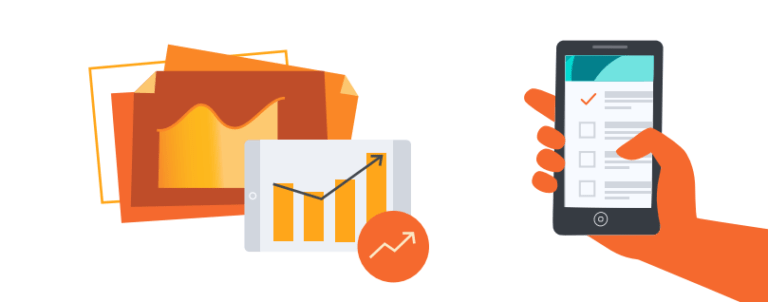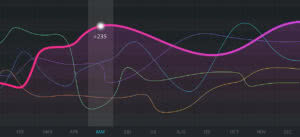Social media platforms are increasingly sensitive about brands’ engagement rates. If your followers aren’t engaging with your content, it can seriously harm your ability to even show up in their feeds in the future. Even if you share compelling content, spontaneous posting schedules can reduce how many followers see your content — and how many tickets you sell as a result.
Don’t take that chance. You need to feed your followers a steady stream of engaging content. But for most event marketers, it isn’t realistic to post content in real time to each social media platform. Not only is manual posting time-intensive, but it can also lead to an erratic posting cadence.
Social media posting tools help you become more strategic with your publishing schedule. These tools allow you to plug in all your content at once, and schedule content to post over time.
If you have multiple people on your promotional team, this type of social media tool can also prevent a “binge-purge” cycle where everyone posts at once… and then no one posts for days. A consistent drip of content is key to make sure your followers see your posts, so your event can stay top of feed and top of mind year-round.
These are the three best social media posting tools for events.
1. The publisher: Buffer
Buffer allows you to manage your Twitter, Facebook, LinkedIn, Instagram, and Pinterest accounts from one web or mobile dashboard. The platform-specific scheduling calendar suggests time slots that are optimised for your audience’s activity on each platform, but these times can be customised if you prefer to post at particular times.
Notable features:
- A web browser extension you can install for easy one-click content sharing right from your browser
- Bookmarklets, which allow you to post a quote from a story you’re reading by highlighting text and then hitting “add to queue”
- At-a-glance engagement stats you can easily email to others on your team to gauge which posts are your star performers
- One-click “re-buffering” so you can re-share content like lineup announcements or ticket on-sales
- Flexible team member functionality so you can assign varying levels of access to each linked account, including the option to require your approval of all posts (helpful if you have, say, an intern helping with your social content)
2. The recycler: Edgar
Despite their ephemeral nature, events tend to produce a lot of evergreen content — things you can post again and again, without a dated or repetitive feel. Edgar is a tool that automates the reposting of your evergreen content (like key event information) across multiple platforms, to make sure no one misses it.
Want to post your ticketing link on Facebook twice a week in the months leading up to your event? Load a handful of posts into Edgar, and set the schedule to “twice a week.” Edgar will cycle through your designated posts until they’ve all been sent and then start back at the top. Want to send a #TBT (throwback Thursday) post every Thursday highlighting photos from your last event? Create a bunch of #TBT posts in Edgar, set the publication schedule for that content bucket to once every Thursday morning, and let Edgar do its thing.
Notable features:
- Ability to set expiration dates for content (perfect for time-based ticket sales), stop and start the feed at will, or reshuffle to bump a pivotal or time-sensitive item to the top
- Ability to organise posts by category (for example, ticketing promotions, relevant news, or blog content) and set different publishing times for each bucket of content on each platform
- Time-saving features like a browser extension so you can add content to Edgar right from your site, built-in URL shorteners, and RSS feed imports
3. The overall manager: Hootsuite
Of all the content publishing tools, Hootsuite is one of the most well known and widely used. It has over 15 million users to date. You can share to Facebook, Twitter, LinkedIn, and more from a single dashboard.
Hootsuite is a little more robust than Buffer or Edgar, because, in addition to bulk scheduling functionality, it includes features that let you engage with your audience. For example, if an attendee tweets you with a question about your event, you can respond directly within the Hootsuite dashboard. And if you use Eventbrite, you can even manage and view metrics from your Hootsuite account directly from your Eventbrite dashboard.
Notable features:
- Listening and engagement tools so you can respond to posts (like attendee questions) without leaving your Hootsuite dashboard
- In-depth reporting to help you gauge how your content performs before, during, and after an event
- The ability to monitor multiple feeds and multiple users so that you can, for instance, have your customer service team responding to event-goer complaints and kudos in real time
Once you’ve got your social media posting schedule under control, it’s time to look at tools that can expand your strategy beyond posts. Discover how you can take your social media marketing strategy to the next level (and sell more tickets in the process!) in The Best Social Media Tools for Event Marketers.





